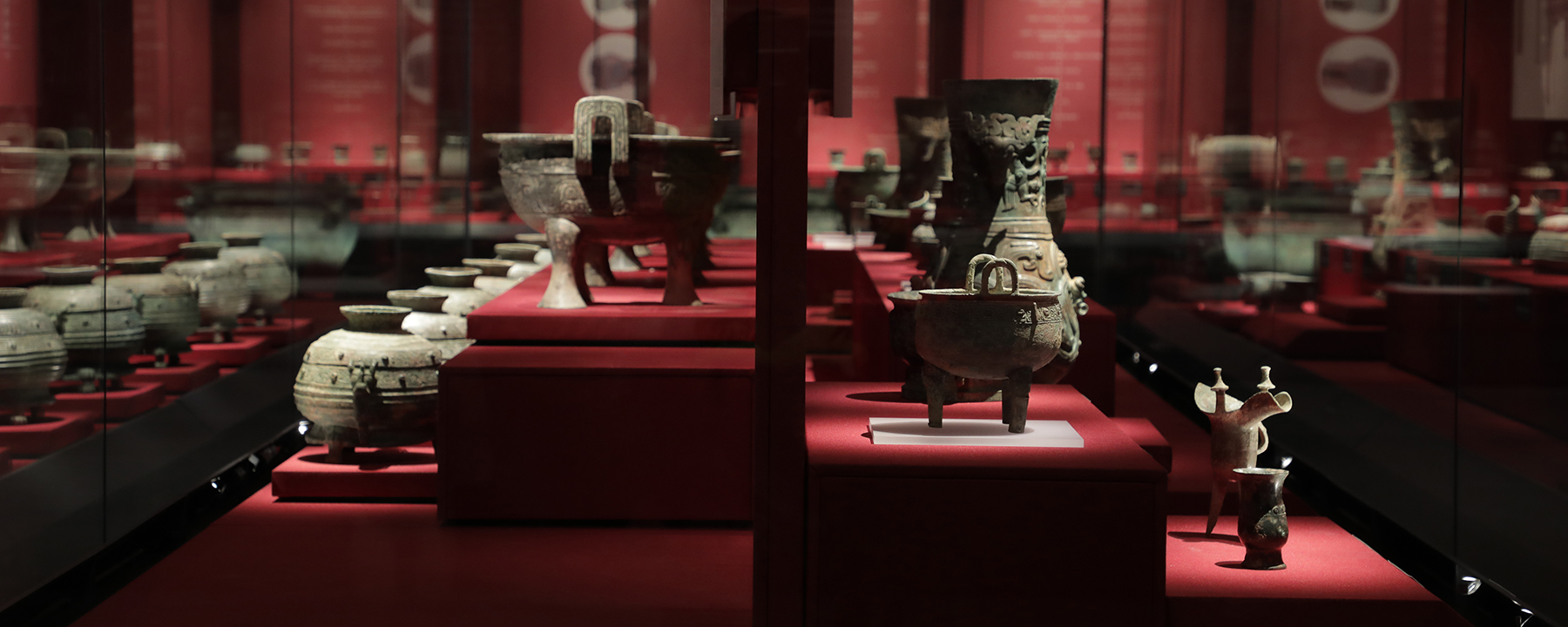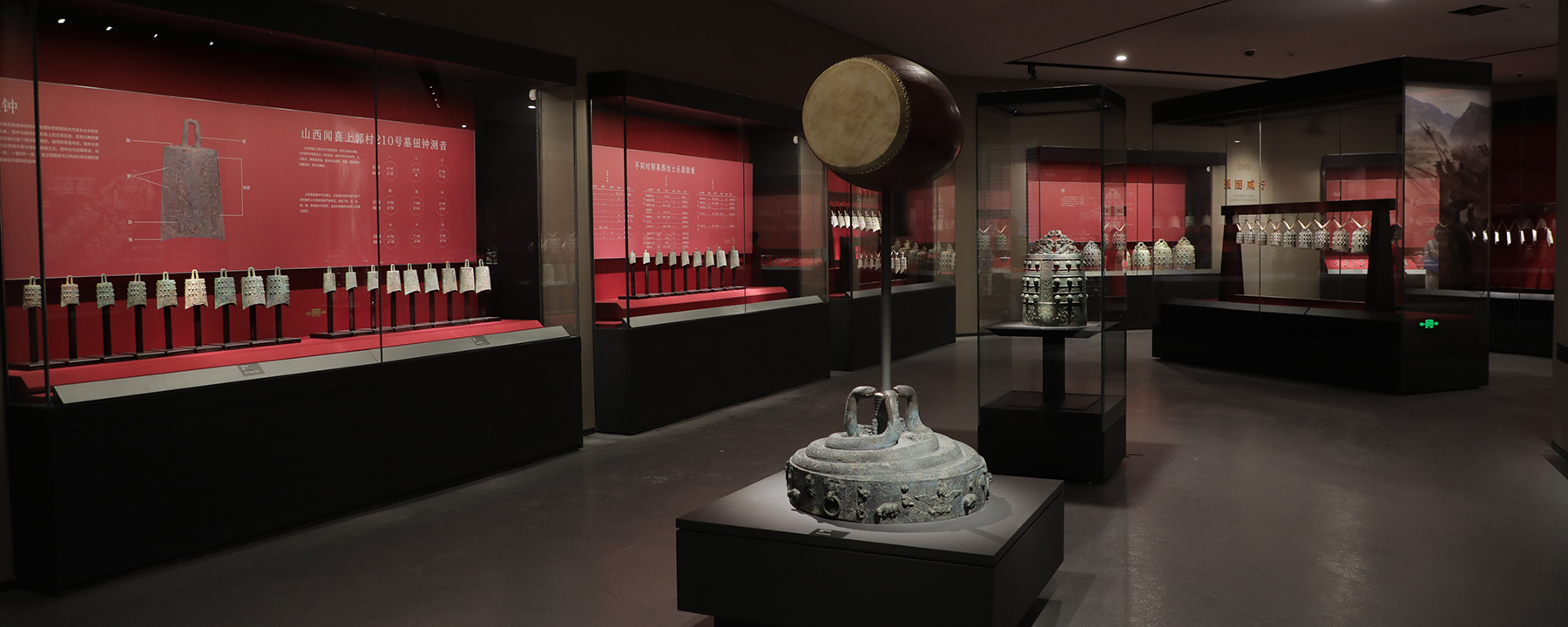Unit 1 Bronze Vessels and Music Instruments
As a product of the new
technology of the Bronze Age, bronzes were rapidly absorbed into the ritual
vessel tradition, and hence became the center of a ritual art. More than for
banquets and entrainment, bronze vessels and music instruments took the role to
establish the proper social order. They werethe focus of the ritual rules and
arts.
Unit 2 Chariot and Bronze Weapons
“The grand affairs of state
are sacrifice and war.” Whether in the advance of history or in the world of
rituals, warfare is a major theme. Combating by chariots was a major category
of military activities in the West Zhou dynasty. Whether in maintaining the
authority of a system or social stability, or elsewise in punishing lapses in
protocol and implementing punitive measures, chariot and bronze weapons played
an indispensable role.
Unit 3 Bronzes in Daily Life
As recorded in The Analects, “if you don’t study
rituals, you won’t have anything to establish yourself with.” This shows how the
system of rituals had already penetrated to the activities of daily life and
every juncture in the turning of life’s wheel. It is the knowledge system to
build up an established personality recognized by the Confucianism.
Unit 4 Far-reaching Connections
A civilization of bronzes
centered on the system of rites and music didn’t develop in isolation, but was
itself the liberation of spirit and the resulting all-reaching interactions,
fusion and collisions.
Unit 5 Magnificent Achievements of Zhao
As early as inthe Western Zhou
dynasty, the Zhaolineage had been highly active on the Jin political stage. In
thelate Spring and Autumn period, with the Jin royal family in decline, the
Zhao family gradually became one of the powerful ministerial forces in control
of the state. As new and old political forces sparred fiercely, Zhao Jianzi
went north and locked horns with the Rong-Di barbarians at Dalu, opening up
Jinyang as a fief to serve as his political and military base. As was written,
“Zhao Xiangzibuilt his hegemony at Jinyang”, which later became the capital of
the new State of Zhao.
Until 6 Essences of Three Jin
The time of Zhao Jianzi and
his son, Xiangzi saw the decline of the royal house, an era when “administration
was seized by major families”, but was also a time featuring the rapid
dropping-off of old noble houses, and the rise of the new nobles of Han, Zhao
and Wei. The Fan, Zhonghang and Zhi families collapsed in succession, while
Han, Zhao and Wei established a tripartite power arrangement. In the 23rd year of King Weilie of Zhou (403 B.C.), the Jin Great Officers Wei Si, Zhao Jiand
Han Qian were enfeoffed as feudal lords, and these three households divided the
Jin. In Chinese history, this event became the benchmark between the Spring and
Autumn and the Warring States periods. Jin culture was not extinct, but carried
on with the culture of the Three Jin, and shone bright.


